I. Main Experiments:
The laboratory is mainly established to offer support for the theoretical and practical components of mechanical engineering design courses. Serving as a vital link, it bridges the gap between theory and practice within these courses. Following the theoretical curriculum, the experimental process comprises two stages: mechanical principle experiments (analyzing system schemes) and mechanical design experiments (examining system structures). The main experiments include (1) mechanism schematic diagram drawing of typical mechanical systems, (2) experimental research on the principles of involute straight-toothed spur gear machining, (3) comprehensive testing experiments on mechanical transmission systems, (4) shafting design and lap splice practice, (5) experiments on structural assembly and kinematic testing, (6) innovative mechanism lap splice experiments, (7) hydrodynamic bearing experiments, (8) bolt fastening performance experiments, (9) belt drive and efficiency experiments, and (10) experiments on multiple-axis mechanical transmission systems.
1. The experimental research on the principles of involute straight-toothed spur gear machining
This experiment places a significant emphasis on actively engaging students’ enthusiasm in the learning process. It encourages students to proactively pursue knowledge, nurtures hands-on skills, stimulates critical thinking and creativity, improves the quality of experimental skills and scientific practices, and sharpens their abilities to analyze and solve problems. Through hands-on experience, students will develop a comprehensive understanding of the machining principles and methods associated with involute straight-toothed spur gears. Moreover, they will gain the ability to identify and address potential issues that may arise during gear machining. This experiment is designed to provide students with the skills to differentiate between standard and variable gears, understand diverse types of gear transmissions and their design approaches, and enable them to adeptly calculate the pertinent parameters of gear transmissions.
2. The comprehensive testing experiment on mechanical transmission systems
This experiment involves designing a combination of schemes for various transmission devices and conducting on-site assembly testing. It aims to enhance students’ understanding of the performance of mechanical transmission systems and the fundamental principles governing their logical arrangement. Through this practical experience, students will gain knowledge of engineering experimental methods for testing the efficiency of mechanical transmission systems, become acquainted with commonly used equipment for conducting mechanical efficiency tests, develop an understanding of the efficiency range of typical mechanical transmission systems, and analyze the factors contributing to efficiency losses in these systems. The training process, which includes experimental scheme designing, assembling, and performance testing, aims to guide students toward active learning. It seeks to nurture their hands-on skills, stimulate critical thinking, foster proficiency in computer-aided experimental testing methods, refine their ability to analyze and solve problems, and cultivate their innovative design and practical skills.
II. Major Equipment:
(1) The experiment table for the comprehensive testing of mechanical transmission system efficiency: 4 sets, purchased in 2003, used for comprehensive testing experiments on mechanical transmission systems, utilized by about 400-500 students annually; (2) the shaft lap splice experimental device: 40 sets, purchased in 2003, used for the experimental research on the principles of involute straight-toothed spur gear machining, utilized by about 400-500 students annually; (3) the ZBS-C innovative mechanical combination experiment table: 4 tables, purchased in 2003, used for innovative mechanical lap splice experiments, utilized by about 20-40 students annually; (4) the parameter testing experiment table: 4 tables, developed in 2003, used for experiments on structural assembly and kinematic testing, utilized by about 20-40 students annually; (5) the gear generation device: 30 sets, purchased in 1998, used for the experimental research on the principles of involute straight-toothed spur gear machining, utilized by about 450-550 students annually; (6) the mechanical principles display cabinet: 1 set with 12 cabinets, purchased in 2002, used for displaying the kinematics and application examples of typical mechanisms, utilized by about 450-550 students annually; and (7) the mechanical design display cabinet: 1 set with 10 cabinets, purchased in 2002, used for student visits during the spring semester, used by about 400-500 students annually.
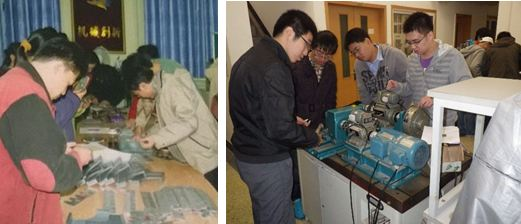
Classroom
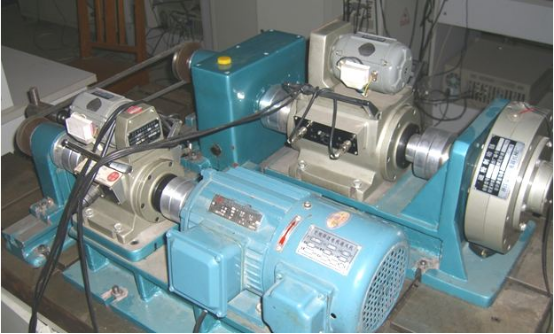
Comprehensive testing device of mechanical transmission system efficiency

Innovative mechanism lap splice experimental device
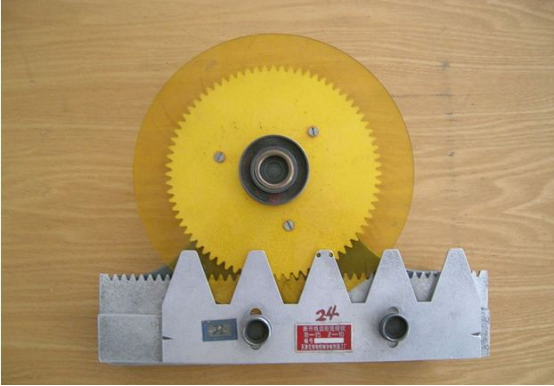
Experiment on gear principles
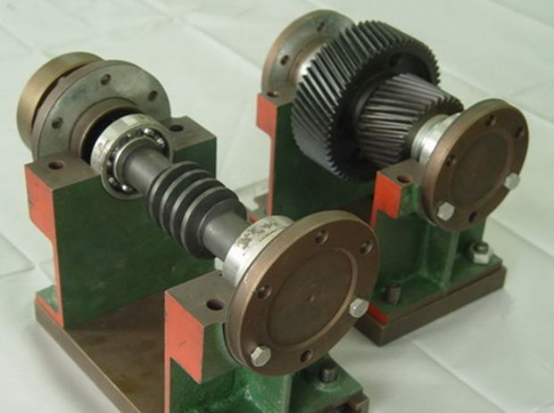
Experiment on shafting structure principles
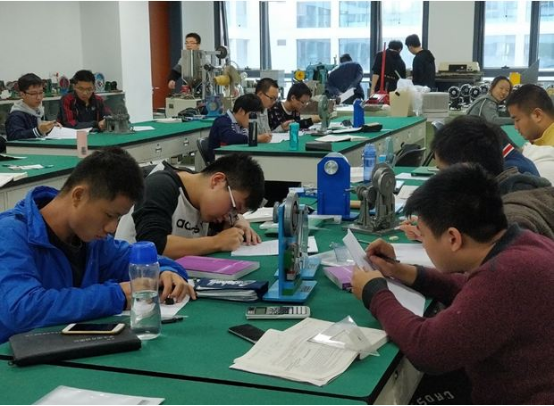
Experiment on mechanism schematic diagram drawing
III. Main Courses Supported:
Fundamentals of Mechanical Design A2 (15 classes with 500 students), Fundamentals of Mechanical Design B2 (4 classes with 100 students), Fundamentals of Mechanical Design A3 (15 classes with 450 students).
IV. Location and Directors:
Location: Room A306, Room A308, Lee Shau Kee Science and Technology Building (Reservation required)
Laboratory Director: Suo Shuangfu. Deputy Laboratory Director: Shen Qiang.